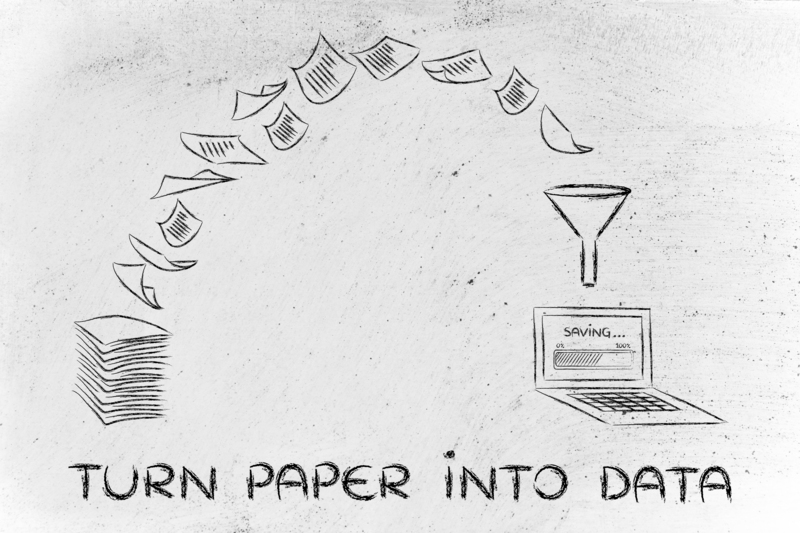The Do's and Don'ts of PPE Waste Disposal
In recent years, the use of Personal Protective Equipment (PPE) has skyrocketed due to health crises, industrial practices, and an increased awareness of pathogen exposure. However, while PPE plays a crucial part in safeguarding our health, its improper disposal can result in significant environmental damage and public health risks. Understanding the best practices for PPE waste disposal is essential for both individuals and organizations. In this comprehensive article, we will explore the essential do's and don'ts of PPE waste disposal to help you make informed and responsible decisions.
What is PPE Waste?
PPE waste consists of any discarded personal protective equipment, such as masks, gloves, gowns, face shields, shoe covers, and protective eyewear. With the increased use of these items in healthcare, manufacturing, food service, and even everyday public life, the amount of PPE waste entering landfills and natural environments has become a cause for concern. Understanding the correct disposal methods for PPE helps reduce contamination and supports environmental conservation efforts.

Why Proper PPE Waste Disposal Matters
- Protects Public Health: Improper disposal of contaminated PPE can transmit infectious agents to sanitation workers, the general public, and wildlife.
- Environmental Responsibility: Many PPE items are made from non-biodegradable plastics. Inaccurate disposal contributes to plastic pollution and harms ecosystems.
- Legal Compliance: Organizations must adhere to local, state, and federal regulations concerning hazardous waste, including PPE. Failure to comply may result in fines.
Proper PPE waste management ensures safety, sustainability, and compliance with regulations. By distinguishing between the do's and don'ts of PPE waste disposal, you can minimize negative impacts and contribute to a healthier planet.
The Do's of PPE Waste Disposal
1. Segregate Your PPE Waste
One of the first and most crucial steps in responsible PPE disposal is separation. Always segregate PPE waste from regular household or office waste. Use clearly labeled, dedicated bins for PPE materials, and, if possible, color-code these bins (e.g., red or yellow for infectious waste) to reduce confusion and cross-contamination.
- Place used PPE in a separate, clearly marked bin.
- Inform staff or household members about proper segregation practices.
- Maintain regular checks to ensure correct usage of the designated container.
2. Use Certified PPE Waste Disposal Bags
Disposing of PPE in regular trash bags can increase the chances of exposure and environmental harm. Instead, opt for certified hazardous or biohazard bags when discarding contaminated PPE. These bags are often puncture-resistant and clearly marked for specialized disposal.
3. Follow Local Guidelines and Regulations
Before disposing of PPE waste, always consult local, regional, or national guidelines. Regulations regarding medical, hazardous, or infectious waste vary based on jurisdiction. By following these rules, you will not only ensure compliance but also support public health initiatives.
4. Ensure Safe Handling of Used PPE
Handling used PPE with care minimizes the risk of contamination. Always wear gloves and, if possible, other protective wear when transferring used PPE to the designated bin or bag. Wash your hands thoroughly after disposing of the equipment.
- Do not shake or compress PPE before disposal.
- If the PPE is visibly contaminated, double-bag it to prevent leakage.
- Seal bags tightly before removal.
5. Arrange for Proper PPE Waste Collection
Most municipalities and organizations offer specialized collection services for PPE waste, especially for businesses and healthcare institutions. Schedule regular pickups or drop-offs at authorized facilities to ensure the material is processed correctly.
6. Consider Waste-to-Energy or Recycling Options
Where possible, look for facilities that provide waste-to-energy conversion or specialized PPE recycling services. Some modern plants can process certain types of PPE, converting them into energy or new materials and reducing landfill load.
The Don'ts of PPE Waste Disposal
1. Don't Dispose of PPE with Regular Recyclables
It can be tempting to place used masks, gloves, or protective wear into recycling bins, thinking it helps the environment. However, used PPE is not recyclable through regular systems and may contaminate entire loads, potentially harming recycling facility workers and the effectiveness of the process.
2. Don't Flush PPE Down Toilets or Sink Drains
Flushing PPE like masks or gloves causes significant plumbing and environmental issues. Non-biodegradable items can block water systems, pollute waterways, and create hazards for aquatic animals.
- Never dispose of PPE in toilets or sinks.
- Such practices may result in costly repairs and environmental damage.
3. Don't Leave PPE Waste in Open or Public Spaces
Improperly discarded masks and gloves in parking lots, parks, or sidewalks not only create unsightly litter but also increase the risk of disease spread. Always use dedicated bins and avoid tossing used PPE in open or community areas.
4. Don't Burn PPE Waste at Home
Burning PPE in household settings releases toxic chemicals and microplastics into the air, endangering both health and the environment. Only approved incineration facilities should process hazardous materials like PPE waste.
5. Don't Attempt to Reuse Single-Use PPE
PPE labeled as single-use is designed to be disposed of after one use. Attempting to clean or reuse it increases the risk of contamination and defeats the purpose of protective barriers.
PPE Waste Disposal in Specific Settings
Healthcare Facilities
Healthcare facilities generate large volumes of potentially infectious PPE waste. Hospitals must follow stringent protocols, including the use of biohazard containers, clinical waste bags, and contracts with licensed medical waste disposal companies. Staff should receive ongoing training in correct disposal practices.
Workplaces & Offices
Businesses that require staff to wear PPE should ensure there are adequate, marked disposal bins available. It's vital to conduct regular audits and refresh training so that everyone understands current PPE waste disposal policies.
At Home
Individuals using PPE for personal protection (such as face masks or gloves) should:
- Place used items in a sealed bag before putting them in the trash.
- Wash hands immediately after disposing of PPE.
- Stay informed about local guidance on hazardous household waste collections.
Reducing Your PPE Waste Footprint
Minimizing PPE waste is just as important as disposing of it properly. Here are some tips to cut down the amount you generate:
- Choose Reusable PPE: When appropriate and safe, opt for washable masks or gowns instead of single-use items--especially for non-medical settings.
- Limit Unnecessary Usage: Only use PPE when required to reduce excess waste.
- Support Recycling Innovation: Encourage your community or employer to partner with companies that develop PPE recycling solutions.
Educating and Raising Awareness
Education plays an essential role in effective PPE waste disposal management. Whether in the workplace, at home, or in the community, regularly share guidelines and updates about proper PPE waste practices.
- Display informative posters near PPE disposal points.
- Organize short training or info sessions for staff and family members.
- Utilize digital platforms to spread the word about responsible PPE disposal.
The Environmental Impact of Improper PPE Disposal
Improperly disposed of PPE, such as masks and gloves, can persist in the environment for hundreds of years. Wildlife may ingest or become entangled in plastic PPE, while land and marine ecosystems suffer from plastic pollution. Moreover, microplastics released from degrading PPE can enter the food chain, with unknown long-term health impacts on humans and animals alike.

Legal and Regulatory Aspects of PPE Waste Disposal
Many regions have specific regulations for PPE waste treatment and disposal. It's critical for businesses and institutions to remain up-to-date with these requirements to avoid penalties and promote public safety. Key points include:
- Adhering to Occupational Safety and Health Administration (OSHA) and Environmental Protection Agency (EPA) guidelines in the U.S.
- Understanding local bylaws for hazardous and medical waste.
- Maintaining clear documentation and records of PPE waste handed to licensed collectors.
Conclusion: A Shared Responsibility
Proper PPE waste disposal is not only a matter of personal safety, but also a shared responsibility that protects our communities and environment. By following the essential do's and don'ts of PPE waste management outlined above, you'll play a key role in minimizing contamination, reducing pollution, and ensuring compliance with health and safety regulations.
Let's make a commitment to dispose of PPE waste responsibly and encourage others to do the same. Together, we can safeguard public health and support a cleaner, more sustainable future.
- Always separate PPE waste from regular trash and recyclables.
- Never dispose of PPE down toilets, sinks, or in open public spaces.
- Follow local guidelines for safe and environmentally-friendly disposal.
For more information about safe PPE practices, consult your local environmental agency or waste management provider.
